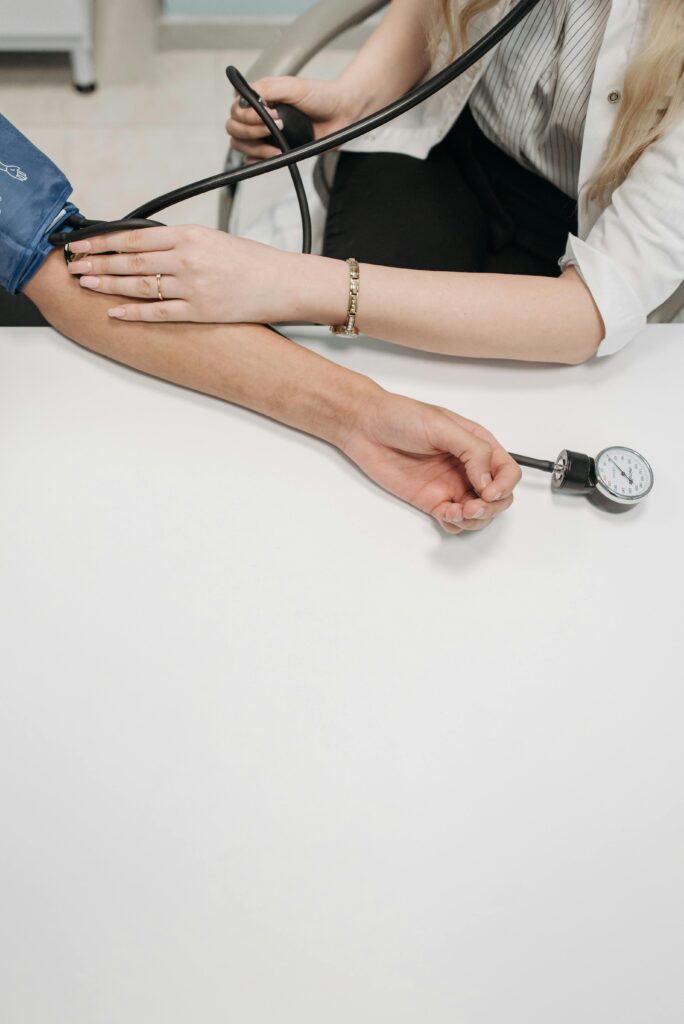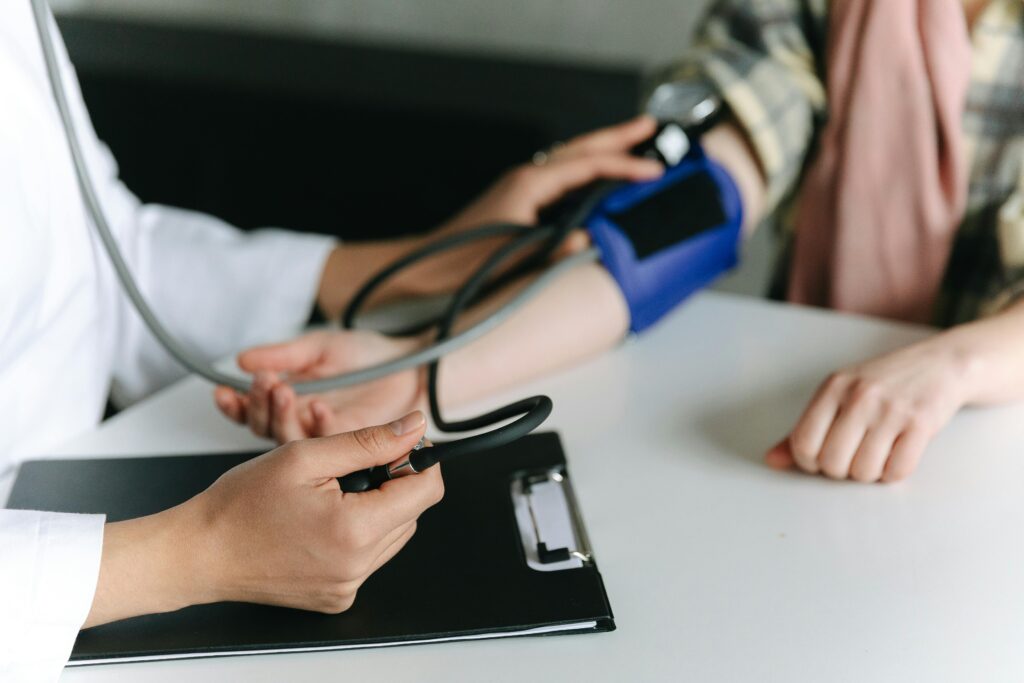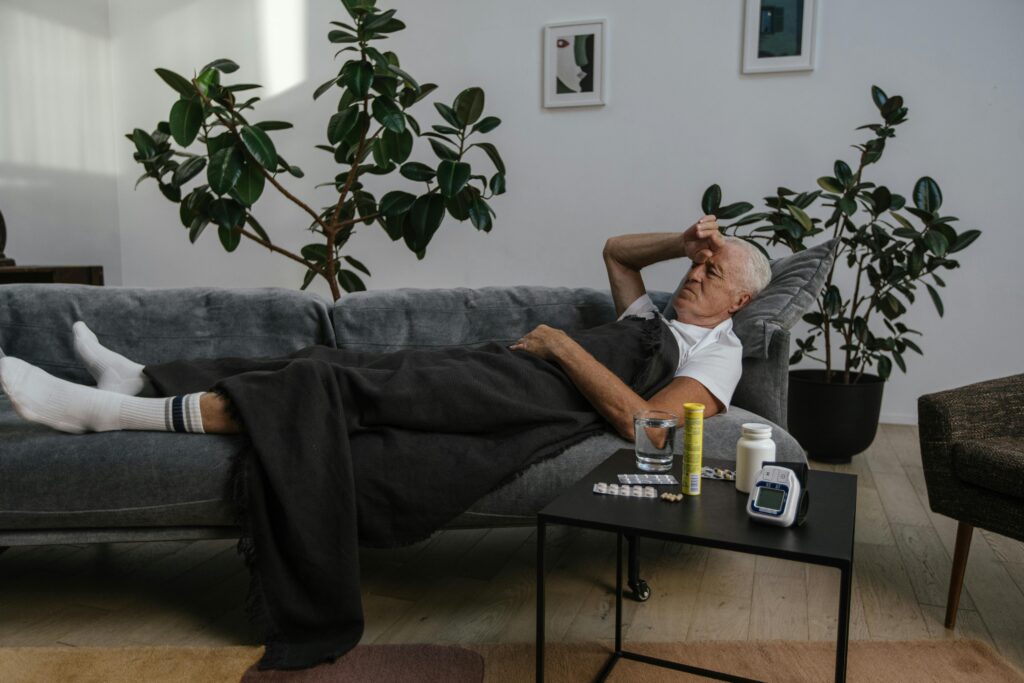Introduction: When Nighttime Breathing Stops, Blood Pressure Soars
Every 60 seconds of apnea during sleep triggers a blood pressure spike equivalent to the cardiovascular stress of waking up to a gunshot. Mounting evidence reveals that obstructive sleep apnea (OSA) isn’t just associated with hypertension—it’s a direct causative factor in 45-56% of resistant hypertension cases. This in-depth guide examines the physiological mechanisms, clinical evidence, and targeted treatment approaches that can break this dangerous cycle.
Table 1: Key Statistics on OSA and Hypertension
| Metric | OSA Patients | General Population | Risk Increase |
|---|---|---|---|
| Hypertension Prevalence | 58-72% | 25-30% | 2.3-2.8x |
| Resistant Hypertension | 35-45% | 8-12% | 4.2-5.1x |
| Nocturnal Hypertension | 82% | 15% | 5.5x |
| Morning BP Surge (>55 mmHg) | 67% | 13% | 5.2x |

Section 1: The Pathophysiology of Apnea-Induced Hypertension
The Vicious Cycle of Apnea and BP Spikes
Each apnea event triggers a cascade of physiological stressors:
- Airway Collapse (10-60 seconds)
- Hypoxia (O₂ saturation drops to 70-85%)
- Sympathetic Surge (Norepinephrine spikes 300-400%)
- Blood Pressure Spike (Systolic increases 30-50 mmHg)
- Vascular Damage (Endothelial dysfunction begins)
Table 2: Physiological Changes During Apnea Events
| Parameter | Baseline | During Apnea | Change |
|---|---|---|---|
| Systolic BP | 120 mmHg | 165 mmHg | +37% |
| Heart Rate | 68 bpm | 92 bpm | +35% |
| Plasma Norepinephrine | 250 pg/mL | 850 pg/mL | +340% |
| Cerebral Blood Flow | 55 mL/100g/min | 38 mL/100g/min | -31% |

Three Mechanisms of Chronic Hypertension
- Sympathetic Overactivation
- 24/7 norepinephrine levels 2.5x higher in OSA
- Downregulation of alpha-2 receptors
- Endothelial Dysfunction
- Reduced NO bioavailability
- Increased endothelin-1 production
- Renin-Angiotensin Activation
- Plasma renin activity 47% higher
- Aldosterone levels 32% elevated
Section 2: Clinical Evidence and Diagnostic Insights
Epidemiological Findings
- Wisconsin Sleep Cohort: 3.2x higher hypertension risk with moderate-severe OSA
- Sleep Heart Health Study: 42% of hypertensive cases attributable to OSA
- European Data: Each 10-point AHI increase → 17% higher hypertension risk
Table 3: Blood Pressure Patterns in OSA
| Pattern | Prevalence | Characteristics | Risk Profile |
|---|---|---|---|
| Non-Dipper | 68% | <10% nocturnal BP drop | Highest CVD risk |
| Reverse Dipper | 24% | Nighttime > Daytime BP | Stroke risk 4.1x |
| Extreme Dipper | 3% | >20% nocturnal drop | Cerebral hypoperfusion |
Diagnostic Red Flags
Consider OSA workup when hypertension presents with:
✔ Resistance to ≥3 antihypertensives
✔ Loss of normal nocturnal BP dipping
✔ Elevated morning BP (>145/90)
✔ Proteinuria without other causes

Section 3: Treatment Outcomes and BP Reduction
CPAP Therapy Effects
Table 4: Blood Pressure Response to CPAP
| Treatment Duration | Systolic Reduction | Diastolic Reduction | Greatest Benefit In |
|---|---|---|---|
| 1-2 Weeks | -4.7 mmHg | -2.8 mmHg | Nocturnal hypertension |
| 3-6 Months | -7.2 mmHg | -4.1 mmHg | Resistant hypertension |
| 12+ Months | -9.5 mmHg | -5.3 mmHg | Non-dippers |
Key Findings:
- ≥4 hours/night use needed for benefit
- Most significant drops in severe OSA (AHI >30)
- Comparable to adding an antihypertensive drug
Combination Therapy Approaches
Optimal Regimens for OSA Hypertension:
- CPAP + ACE Inhibitor (Best for endothelial protection)
- CPAP + ARB (Superior nocturnal BP control)
- CPAP + Mineralocorticoid Antagonist (For hyperaldosteronism phenotype)
Section 4: Special Populations and Considerations
Resistant Hypertension Protocol
- Confirm OSA (Home sleep test if pretest probability >70%)
- Aggressive CPAP (7+ hours/night with mask optimization)
- Add Spironolactone (25-50mg daily)
- Monitor (24-hour ABPM at 3-month intervals)

Cardiometabolic Risk Matrix
Table 5: OSA Hypertension Complications
| System | Short-Term Risk | Long-Term Risk |
|---|---|---|
| Cardiovascular | Acute coronary syndrome (3.1x) | Heart failure (4.2x) |
| Cerebrovascular | TIA (2.8x) | Stroke (3.7x) |
| Renal | Microalbuminuria (2.5x) | ESRD (3.4x) |
| Metabolic | Insulin resistance | Type 2 diabetes (2.9x) |
Section 5: Patient Management Algorithm
Step-by-Step Clinical Pathway
- Screen All Hypertensives (STOP-BANG questionnaire)
- Diagnose (HSAT for high probability, PSG if indeterminate)
- Treat (CPAP first-line, oral appliance if CPAP-intolerant)
- Reassess BP (24-hour monitoring at 3 months)
- Adjust Medications (Wean if BP controlled, augment if not)

Table 6: Antihypertensive Drug Efficacy in OSA
| Drug Class | Nocturnal BP Effect | Special Considerations |
|---|---|---|
| ACEi | Moderate reduction | Cough risk with CPAP |
| ARB | Strong reduction | Best for non-dippers |
| CCB | Mild reduction | Safe with all OSA therapies |
| Beta-Blocker | Variable | Avoid in severe bradycardia |
| MRA | Significant reduction | Potassium monitoring needed |
Conclusion: Breaking the BP-Apnea Cycle
The OSA-hypertension link represents one of the most treatable causes of secondary hypertension. Key takeaways:
- Bidirectional Relationship: OSA causes and worsens hypertension, which exacerbates OSA
- Treatment Benefits: CPAP reduces BP comparably to medication in responsive patients
- Diagnostic Clues: Loss of nocturnal dipping, morning surges, and resistance to treatment
- Comprehensive Management: Requires both airway stabilization and targeted antihypertensives
Call to Action:
Hypertension patients should ask their doctors:
- “Could sleep apnea be affecting my blood pressure?”
- “Would a sleep study be appropriate given my symptoms?”
- “How might CPAP therapy change my medication needs?”
Additional Resources:
- American Heart Association: heart.org/sleepapnea
- Resistant Hypertension Guidelines: acc.org/resistantHTN
- CPAP Support Networks: sleepapnea.org




0 Comments